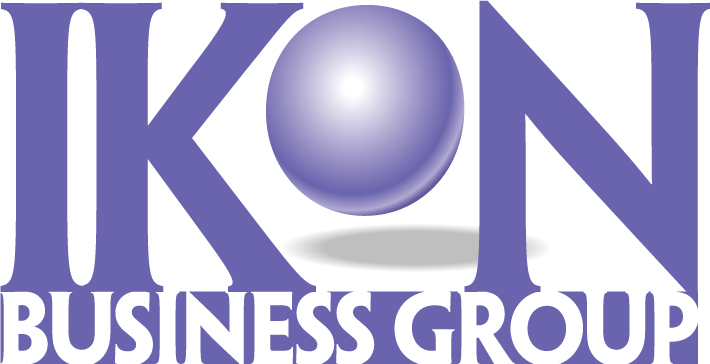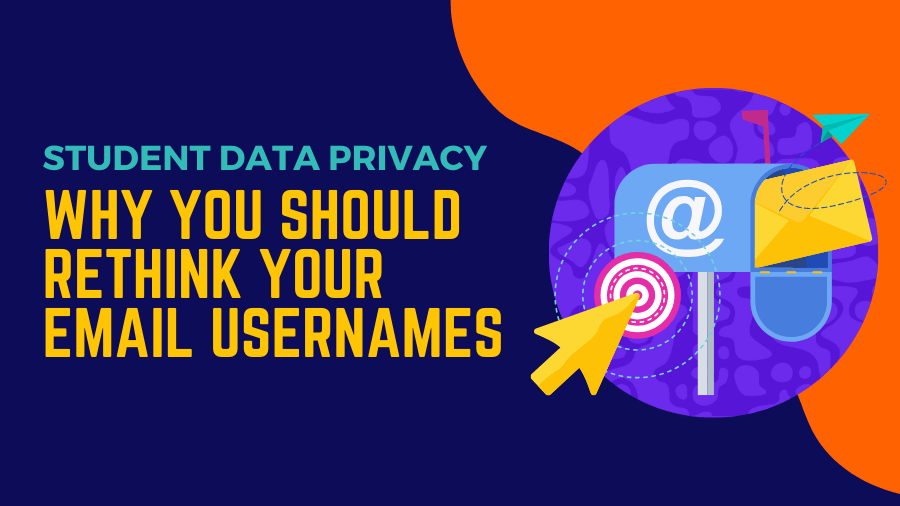Proper Email Syntax for Students: Understanding NY State Ed Law 2-D Guidelines
In the digital age, student email accounts are essential for education. However, New York State Education Law § 2-D places stringent requirements on how personally identifiable information (PII), such as a student’s name, is handled to ensure data privacy and security. This blog explores the implications of including first and last names in school district email usernames and provides best practices for compliance with Ed Law 2-D.
What is Personally Identifiable Information (PII)?
Under Ed Law § 2-D, PII is any information that can identify a student, including their name. While using a student’s name for administrative purposes required by law is permissible, creating usernames for email accounts that directly include first and last names raises privacy concerns.
The Role of Email Syntax in Student Privacy
A standard email address consists of three parts:
- Username: Unique to the user (e.g., a student’s name or nickname).
- “@” Symbol: Separates the username from the domain.
- Domain Name: Identifies the email service provider (e.g., schooldistrict.org).
School districts must carefully consider the username component, particularly if it includes PII like first and last names. While including a name might simplify identification within the school community, it could unintentionally expose sensitive data if shared externally.
Best Practices for Student Email Syntax
To comply with Ed Law § 2-D and ensure data privacy:
- Avoid Full Names in Usernames: Instead of using a first and last name (e.g., john.smith@schooldistrict.org), consider alternatives like initials (e.g., js1234@schooldistrict.org) or unique numeric identifiers.
- Follow Data Security Standards: Adhere to industry best practices for privacy and security, such as encrypting emails and limiting access to student data.
- Consult Local Policies: Each district may have additional guidelines from their Local Education Agency (LEA) or Internet Service Provider (ISP). Collaborate with your chief privacy officer or LEA counsel to align with these policies.
- Educate Stakeholders: Ensure teachers, administrators, and students understand email use policies and the importance of protecting PII.
Key Takeaway
While using a student’s full name in an email username is not explicitly prohibited, districts should avoid this practice to minimize data privacy risks. By implementing thoughtful email syntax and adhering to data security regulations under Ed Law § 2-D, schools can protect student information while fostering a safe digital learning environment.
Ensuring compliance with New York State Education Law 2-D is critical for protecting student data and fostering a secure learning environment. By implementing thoughtful email account practices, your school can meet privacy requirements while safeguarding sensitive information.
If your school’s Data Protection Officer (DPO) needs additional support to navigate these complex regulations, IKON Edutech Group is here to help. Our DPO Compliance Support packages offer cost-effective solutions tailored to the unique challenges of K-12 schools. Let us assist your team in building a sustainable, long-term approach to compliance while you focus on delivering quality education.
We invite you to learn more about our DPO Compliance Support services and how we can help your school stay ahead in data protection.


